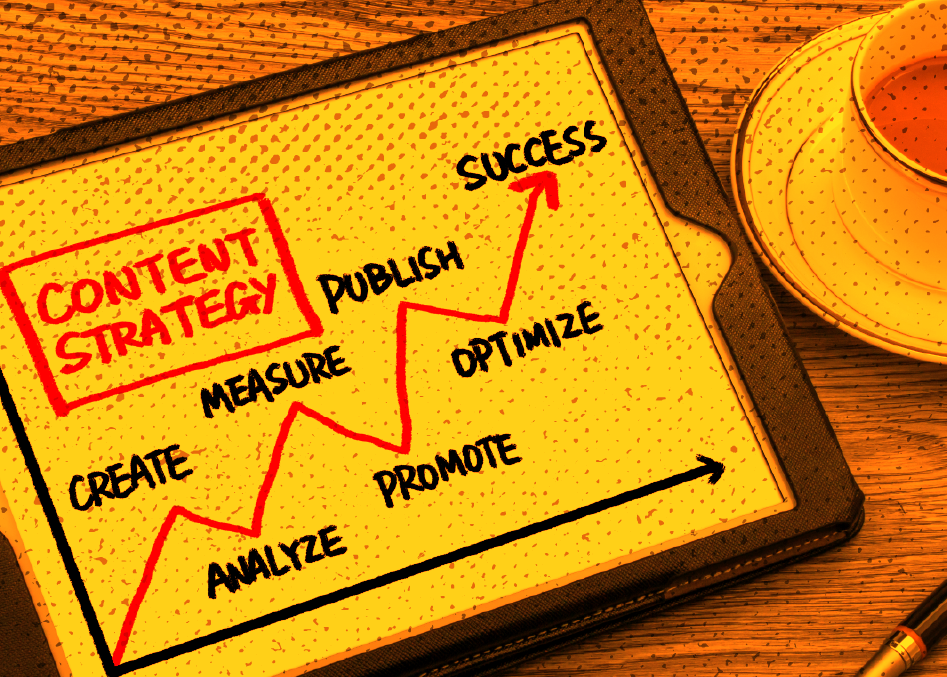
Conducting a Comprehensive Audit of Your Marketing Department:
Unveiling Insights for Success
In the dynamic business landscape, a marketing audit ensures strategies match current objectives for ongoing success. It guides adaptation to shifting markets and emerging trends. By optimizing resource allocation, the audit maximizes impact and return on investment. It identifies and redirects resources from underperforming initiatives to boost overall effectiveness. Moreover, by pinpointing inefficiencies, the audit streamlines processes, saving valuable time and resources. In essence, it’s a powerful tool that aligns strategies, enhances efficiency, and secures a stronger market position.
1.
Set Clear Objectives:
Before diving into the audit, establish clear objectives. Are you looking to assess overall strategy effectiveness, resource utilization, process efficiency, or something else? Having defined goals will guide your audit process.



2.
Gather Data:
Collect relevant data and documents. This includes marketing plans, budgets, performance reports, customer feedback, and any other relevant metrics. The more comprehensive your data collection, the more accurate your audit will be.
3.
Evaluate Strategy:
Analyze your marketing strategies against your business goals. Are they aligned? Which strategies are yielding the best results? Which ones might need adjustment due to changes in the industry or consumer behavior?



4.
Assess Resource Allocation:
Examine how resources—budget, personnel, technology—are allocated across various campaigns and channels. Are you investing heavily in areas that bring minimal returns? Can resources be better distributed for improved outcomes?
5.
Review Campaign Performance:
Dive into the performance metrics of individual marketing campaigns. Which ones are driving the most engagement, leads, conversions, and sales? Identify underperforming campaigns and determine whether they need optimization or discontinuation.


6.
Analyze Customer Segmentation:
Look at how your marketing targets different customer segments. Are these segments still relevant? Are there new segments that should be considered? Ensure your marketing efforts effectively resonate with your intended audience.
7.
Examine Content Strategy:
Content is a cornerstone of modern marketing. Evaluate the quality, relevance, and consistency of your content across various platforms. Identify high-performing content and areas where improvements are needed.



8.
Audit Technology and Tools:
Assess the marketing technologies and tools you’re using. Are they up to date? Are they being used to their fullest potential? Determine whether new tools could enhance efficiency and outcomes.
9.
Assess Team Collaboration:
Evaluate how well different teams within the marketing department collaborate. Communication and synergy between design, content, analytics, and other teams can significantly impact overall performance.



10.
Review Data Analytics:
Examine how data is collected and analyzed. Are you tracking the right metrics? Is the data accurate and timely? Effective data analytics can provide valuable insights for decision-making.
Benefits of a Meticulous
Marketing Department Audit
- Informed Decision-Making
- Adaptability
- Resource Optimization
- Improved ROI
- Enhanced Collaboration
- Efficiency Gains
- Competitive Edge

In conclusion, a comprehensive marketing department audit is an indispensable tool for maintaining competitiveness in the dynamic business landscape. It ensures alignment with business goals, adaptability to industry changes, and efficient resource allocation. By conducting such an audit, you empower your marketing team to make strategic decisions that drive success and growth. Stay ahead by embracing the insights an audit can unveil and using them to fuel your journey toward marketing excellence.


Subscribe to our Newsletter!
Ready to flex your marketing muscles? Join our newsletter for the latest marketing tip and tricks that pack a punch!

Subscribe to our
Newsletter!
Ready to flex your marketing muscles? Join our newsletter for the latest marketing tip and tricks that pack a punch!


